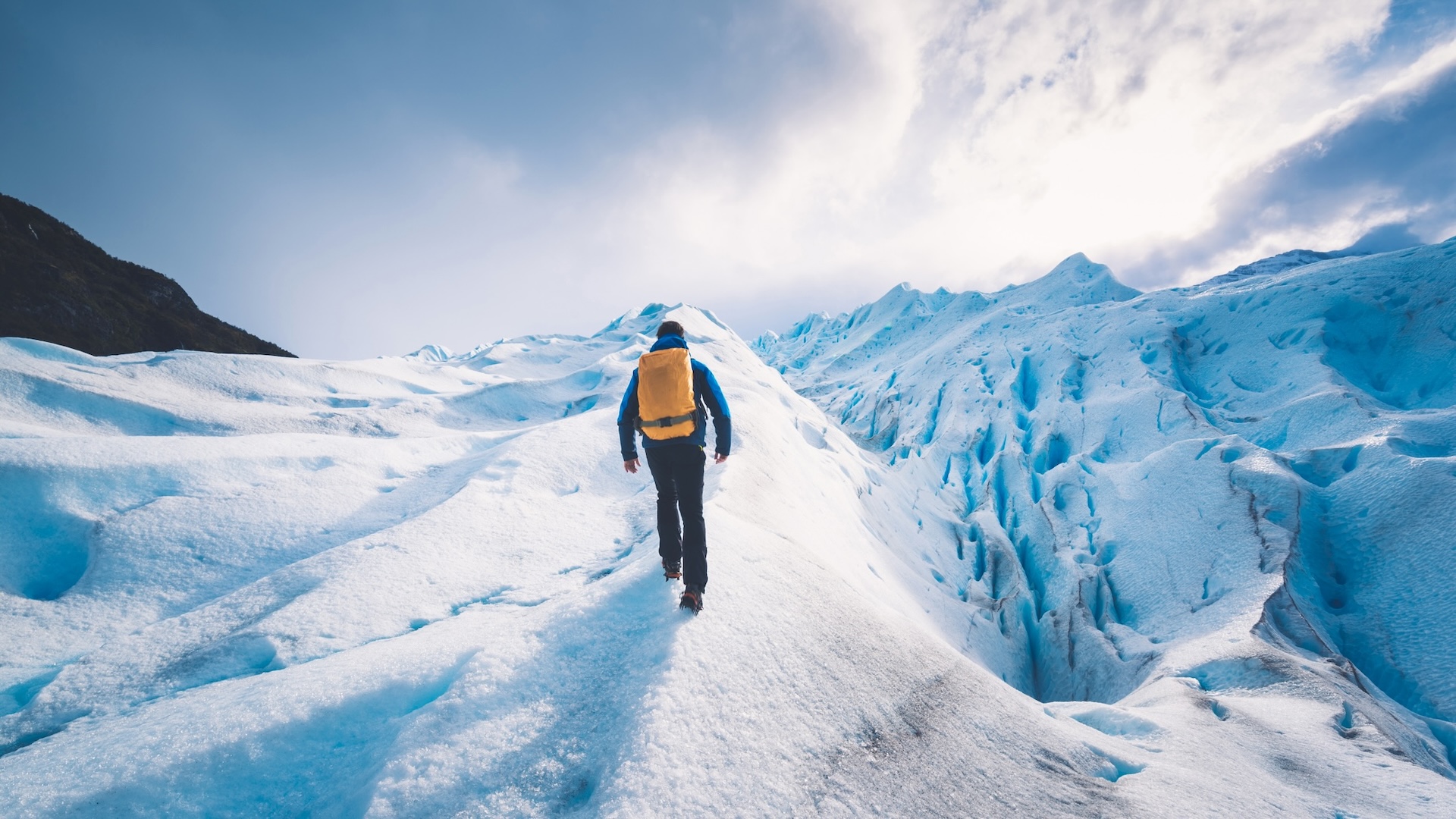
You might be wondering if it possible to fastpack in the winter – and still stay safe on the trails and in the hills and mountains? After all, most people associate fastpacking with carrying less kit and this means that the activity is normally reserved to the months of spring and summer.
However, there are ways to make fastpacking a possibility in the colder months, while still paying attention to the dangers of being out in cold, icy, snowy and wet conditions.
What is fastpacking?
Fastpacking is supposed to deliver more adventure in less time. It is a combination of ultralight backpacking and self-supported trail running. Fastpackers carry all the kit they will need for multiple days and nights in the great outdoors.
Running doesn’t have to be a part of the outing but carrying minimal kit so you can travel faster over a range of terrain is key to fastpacking. There is often an element of “getting away from it all” so fastpackers often head to more remote or off-the-beaten track locations.
What about fastpacking in winter?
Fastpacking is still possible in the winter months but it’s a good idea to plan your trips more carefully. There are the obvious issues of spending time outdoors in winter, whether it is for a trail run, hill hike or a camping trip. When temperatures drop and there is a greater likelihood of inclement weather, it is vital that people carry enough kit – the fastpacking essentials – to remain warm. This usually means carrying extra items, such as an insulated jacket, baselayers, hiking gloves and headwear.
Safety is paramount, too, and if ice and snow are forecast, you may well need to carry extra traction for your footwear, such as microspikes, or even hiking crampons and an ice axe. Lightweight trekking poles can also be useful because they aid balance and traction on slippery terrain.
Another factor is how to stay warm at night when camping. Again, you might need to think about taking extra kit or following some of the tips below.
12 tips for fastpacking in winter
1. Check the weather
First and foremost is planning for the weather. It will be colder during the winter season and there will be a higher chance of ice, snow, wind and rain. This means you need to be prepared for the conditions by carrying the right kit.
It’s still possible to fastpack but the chances are you will have a heavier pack.
2. Be physically prepared
Winter is probably not the season to head out for your first fastpacking adventure. It is better to have become familiar with what it required for a successful fastpack trip in the warmer months. This is because in the spring and summer, you are less likely to fall foul of the weather and conditions due to fastpacking errors.
Practising what works – and what doesn’t – when fastpacking is all part of the experience, as is the fitness required for moving fast over several days while carrying all your own kit.
As well as getting out and become used to fastpacking, you will also be more prepared if you are physically fit. Spending time hiking, running and on gym work will ensure you are ready to fastpack in winter.
3. Pack the right kit
We are all different and we each cope with the cold in different ways but the best way to prepare your kit for a winter fastpacking adventure is to imagine how you would survive if you have an accident.
In winter, being forced to stop still for a long duration requires extra emergency kit, such as warm layers, including an insulated puffer jacket, winter gloves, a hat and an emergency bivy shelter or similar.
If snow or ice is likely, make sure you have the right safety equipment including crampons and an ice axe. A waterproof jacket and waterproof rain pants are essential items as well.
Fastpacking normally means an overnight camp or two and, again, this means you should take the right kit, including a suitable sleeping bag (a 4-season sleeping bag if required) and a camping stove for heating water, to remain warm at night. Think about whether your summer equipment, such as a fast packing tent, are adequate for coping with winter weather.
The chances are you will also need a larger pack, compared to your summer pack, for all the right kit for winter fastpacking.
4. Lightweight kit is an option – if you have the budget
Look around at retailers and you will see there is plenty of lightweight camping gear and kit perfect for fastpacking. The question is whether you can afford it.
Lightweight items are often more expensive because they have unique designs and are made with materials that might be lighter but are often more expensive to produce. For example, lightweight but warm sleeping bags are usually more expensive than heavier equivalents.
If you plan to do a lot of fastpacking, it could be worth the investment to buy pricier lightweight kit.
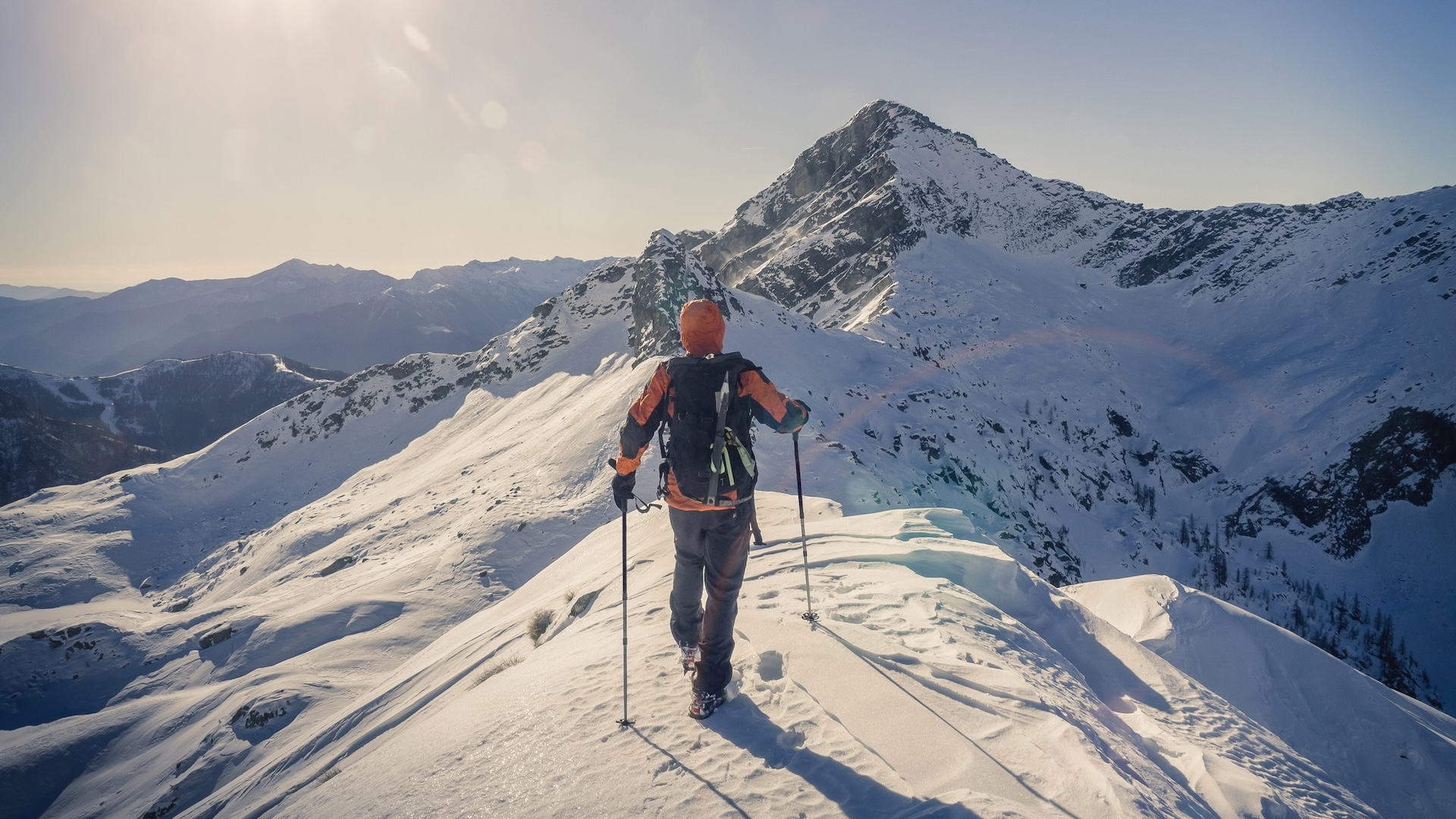
5. You can be fast… but maybe not AS fast
Because fastpacking in winter requires more kit, it’s a good idea to slightly adjust your expectations for pace. You will be carrying a heavier pack and that will be more tiring.
Remember that fastpacking is not a competition and no-one cares how many miles you have covered. Rather, it’s a style of outdoors pursuit that should be enjoyable and if you plan to fastpack in the winter, you could simply aim to travel a shorter distance.
6. You can go light… but maybe not AS light
Again, no-one is going to be judging you for the weight of your kit. Winter fastpacking goes require more equipment for safety and that will mean a larger and heavier pack. It’s better to think about being warmer and safer, than worrying about the size or weight of the pack.
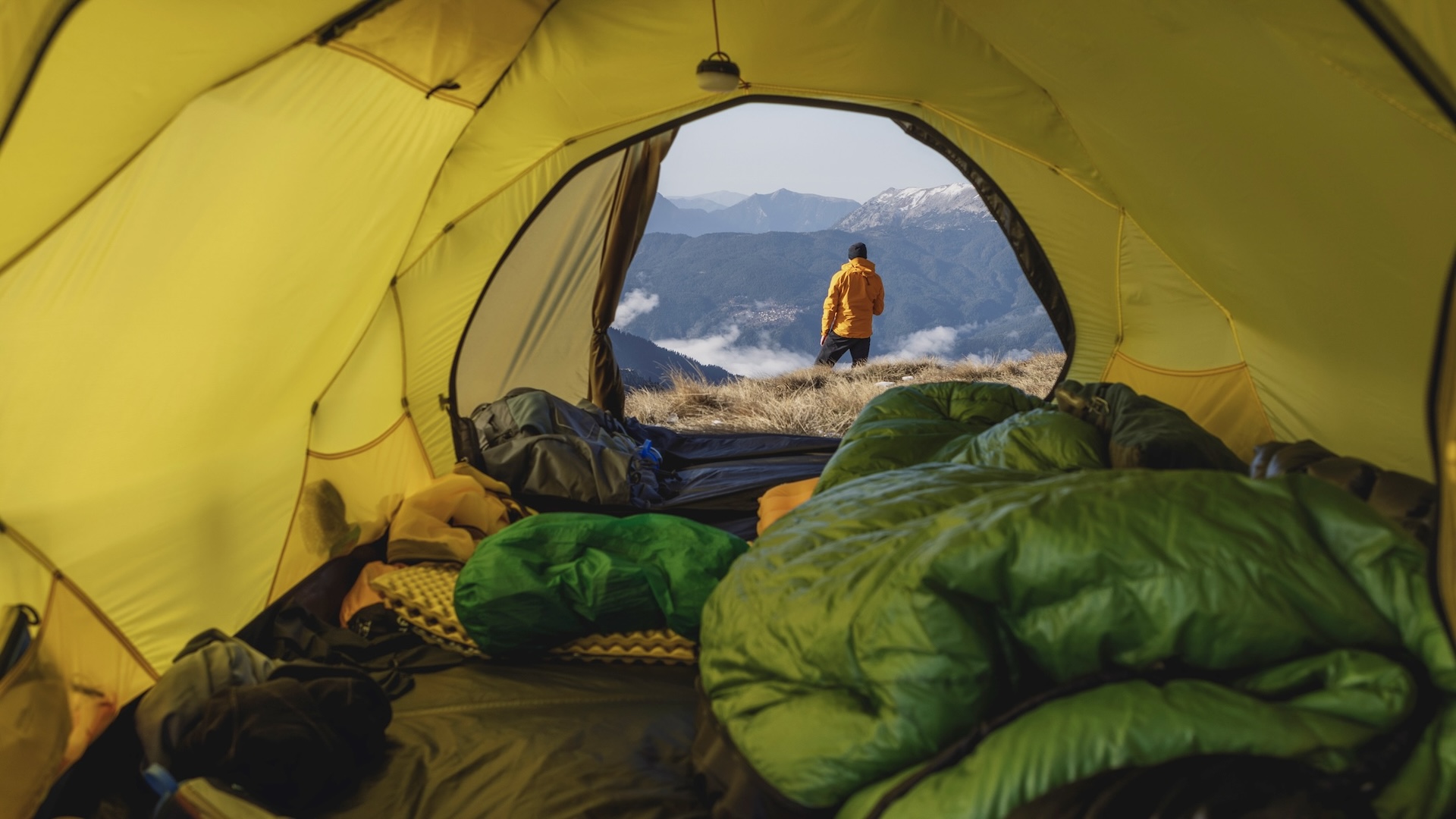
7. You can go long – but maybe not AS long
Instead of planning a week of fastpacking, it might be a good idea to reduce this to a two to three-day trip. There are still many benefits to getting away from it all for an adventure, but by shortening the trip it means you have fewer days and nights to pack for.
In winter, your clothes will be more likely to end up damp and wet and that could be a potential disaster if you are days from returning to the trailhead, or your home. Apart from anything, being cold and damp is not pleasant.
8. Think synthetic rather than down
There are pros and cons of synthetic insulation versus down insulation. While down insulation for jackets and sleeping bags is usually warmer, if it gets damp or wet it won’t keep you as warm as synthetic insulation. Synthetic insulation is usually heavier but it does have the advantage of keeping its warmth level even when wet.
There are brands that use hydrophobic down insulation, but it's a good idea to trial this in wet conditions before setting off for a fastpacking trip to be sure it works well.
As you will be learning, winter fastpacking is a balance of warmth and weight and it’s worth shopping around for the right insulated kit that is relatively lightweight.
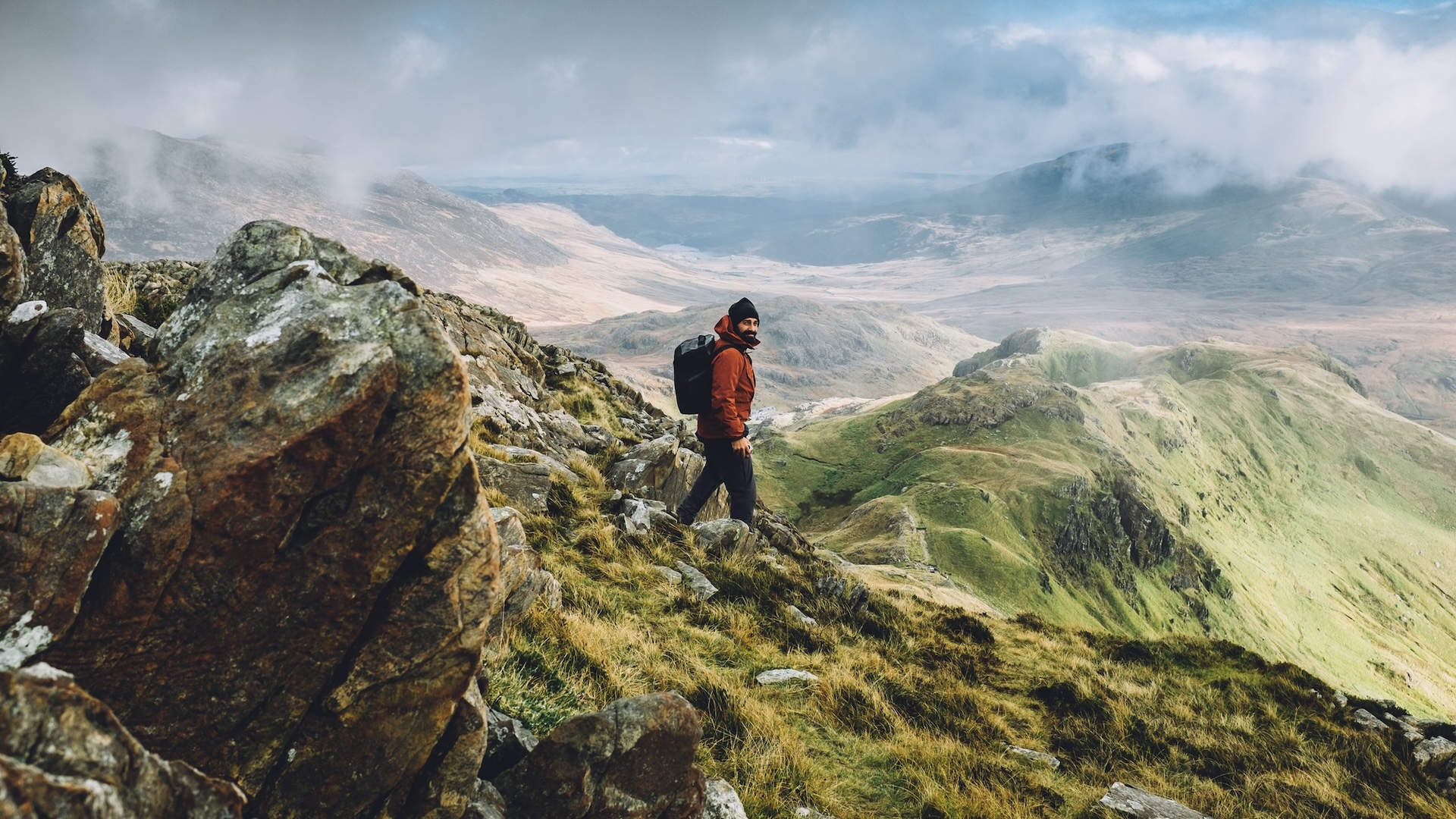
9. Adventures are better together
Fastpacking in winter is likely to be safer if you go with a friend. There is a greater chance of accidents due to winter conditions, so the sensible plan is a fastpack with your favourite outdoors co-person.
10. Choose the right footwear
Many fastpackers wear lightweight footwear. It’s generally agreed that trail running shoes are a good choice. But will your favourite pair of trail runners be ideal for winter conditions?
The ground is likely to be wetter and there might be ice and snow. There could be a lot more mud and slippery rock where you plan to go fastpacking.
Therefore, it is a good idea to swap to more winter rugged footwear. Trail hiking footwear or trail running shoes that have a Gore-Tex liner will help to protect feet from the wet and cold. Adding a pair of waterproof socks is also a good idea.
You could also consider lightweight boots so that you have the benefit of ankle support for more testing winter terrain.
The chances are you might need to use microspikes so you should ensure these fit on your footwear.
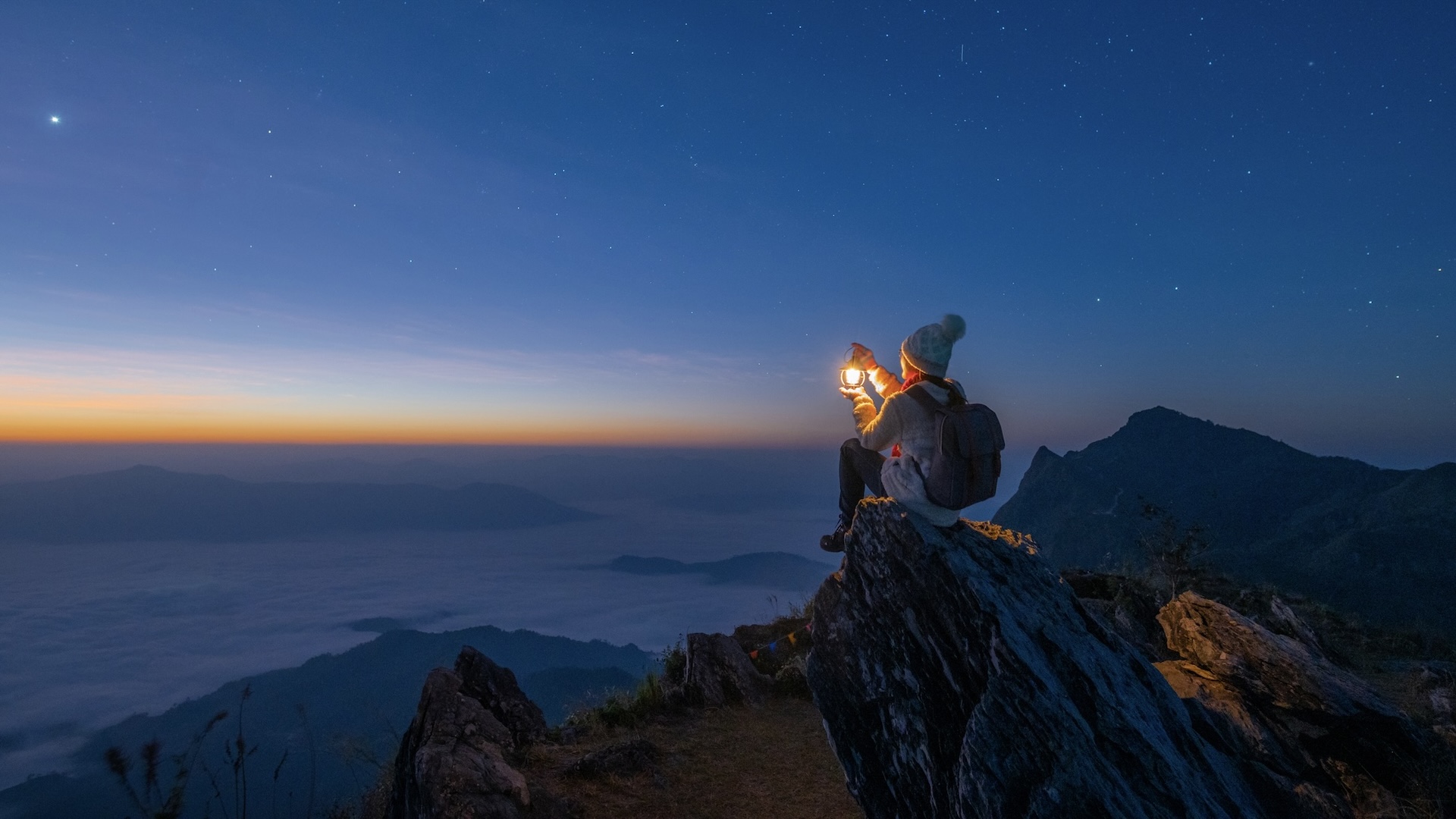
11. Take a stove
Having a way to heat water can be a huge bonus when temperatures are low. There are plenty of lightweight cooking stoves on the market and this allows you to make a hot drink anywhere on the trail.
12. Why not go on a fastpacking holiday?
If the weather in your home country is particularly adverse in winter, you could head to a location where the conditions are warmer and more conducive to summer-style fastpacking. If snow and ice aren't for you, it might be worth seeking out some winter sun.







